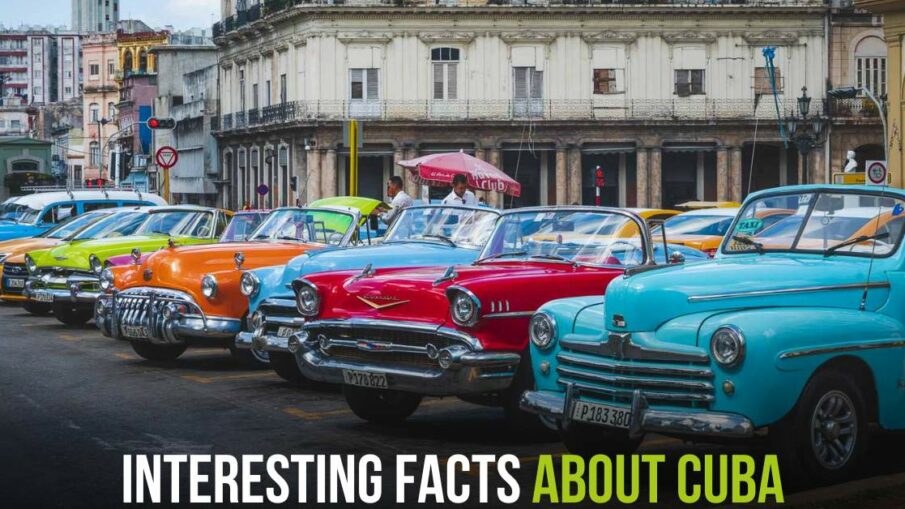Cuba, a country rich in history and vibrant traditions, offers a tapestry of captivating insights that delve into its unique culture. Let’s delve into some intriguing facts that illuminate Cuba’s past, present, and distinctive way of life.
1. A Silent Christmas Era
When Fidel Castro’s government took control in 1959, Cuba transformed into an atheist state. The ensuing ban on Christmas as a paid holiday lasted for 30 years, with Castro citing its impact on sugar production. This period, known locally as “Las Navidades Silenciadas” or The Silent Christmases, concluded in 1997 after Pope John Paul II’s historic visit. Today, Christmas remains a regular working day, marking a contrast from the previous decades.
2. Pioneering Literacy

Cuba boasts an impressive literacy rate of 99.8%, a result of the ambitious Cuban Literacy Campaign launched after the revolution. Mandatory education from ages 6 to 15, coupled with the nationalization of private schools and universities, laid the foundation. Literate Cubans, some as young as 16, embarked on a successful campaign from January to December 1961, teaching reading and writing to marginalized individuals in rural areas.
3. Dominoes and Social Bonds
Dominoes hold a special place in Cuban culture, witnessed by men engaged in animated games on neighborhood streets. This cherished pastime not only involves strategic play but also serves as a platform for friends to discuss current affairs. In some areas, lively dominoe tournaments foster camaraderie, with locals and spectators bonding over this engaging activity.
4. Symbolic New Year Traditions
Bidding farewell to the old year, Cubans burn life-sized rag dolls called “monigotes” on New Year’s Eve. This tradition resurfaced after nearly fading following the Cuban Revolution. Additionally, the practice of rubbing an uncooked egg on one’s body and smashing it at midnight to absorb negativity and usher in positive energy is another cherished ritual, symbolizing renewal for the upcoming year.
5. A Haven for Small Wonders
Cuba houses a remarkable avian wonder: the bee hummingbird, the smallest bird globally, measuring just 6 cm in length. This jewel-like creature with iridescent colors flourishes amidst the island’s rich biodiversity. The enchanting bee hummingbird finds its haven in the lush landscapes of Alexander Humboldt National Park.
6. Hitch-hiking for Travel
Hitch-hiking is a common mode of travel in Cuba due to limited car ownership and infrequent buses. The sight of local hitchhikers along main roads is a testament to the practicality of this practice. Government vehicles are even mandated to offer rides to hitchhikers, further embodying the spirit of communal assistance.
7. Santeria: A Blend of Cultures
Cuba’s diverse culture encompasses Santeria, the second most prevalent religion after Catholicism. Rooted in African heritage, Santeria fuses elements of Yoruba beliefs with Roman Catholicism, creating a unique syncretic faith. Casas de Santos (houses of saints) serve as hubs for Santeria rituals, blending African traditions with Catholic practices under the guidance of priests and priestesses.
8. The Rhythm of Son Cubano
While salsa enjoys global recognition, Son Cubano takes center stage as Cuba’s primary music genre. A blend of Spanish and African influences, Son Cubano originated in the late 19th century and features an intriguing mix of instruments including the tres guitar, bongos, and trumpets. Beyond its melodious charm, Son Cubano narrates everyday life experiences and offers Soneros the opportunity for improvisation.
Cuba’s intricate tapestry of traditions, history, and cultural richness presents an opportunity to explore a world that intertwines the past and present in captivating ways. As you delve into Cuba’s allure, these facts paint a vivid picture of a nation brimming with diversity and vibrant traditions.


Leave a Reply